
'Red Haven' Peach / Prunus persica Peach, Red haven, Prunus
Redhaven was introduced in 1940 by the famous Dr. Stanley Johnston of Michigan State University who revolutionized eastern peach growing with the "Haven" series of peaches. Redhaven was a "quantum leap" in peach breeding. One of the easiest and tastiest of peaches to grow. The tree is open, spreading and vigorous.
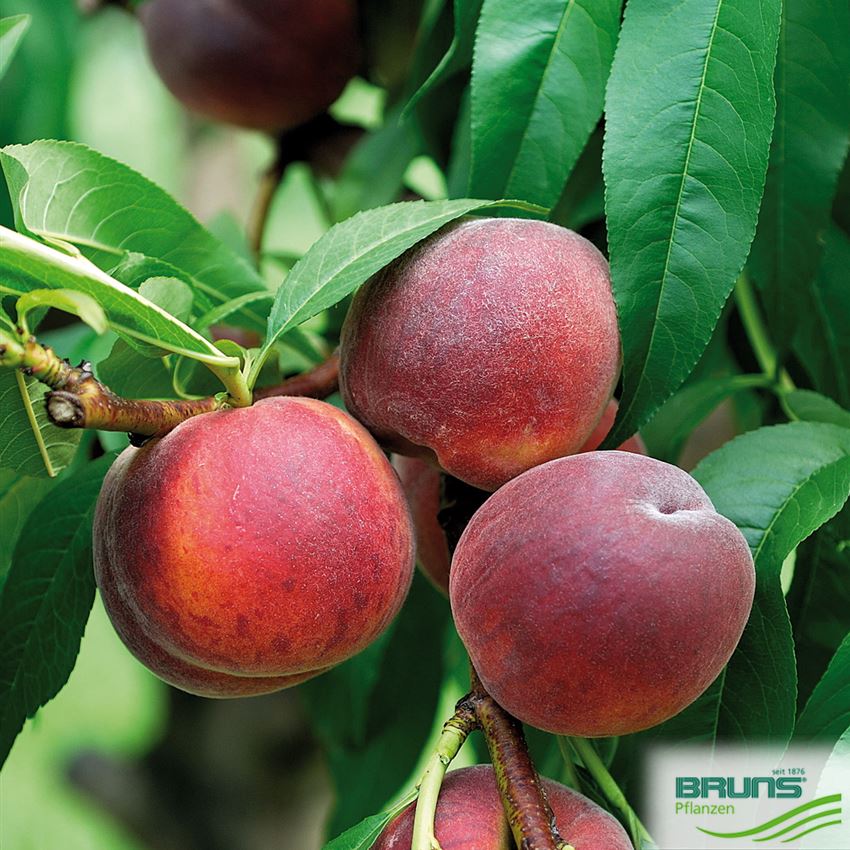
Prunus persica 'Red Haven' von Bruns Pflanzen
The "Red Haven" peach (Prunus persica "Redhaven") is known for its attractive pink spring flowers, sweet yellow fruit and bright gold fall foliage. "Red Haven" peaches grow in U.S. Department of Agriculture plant hardiness zones 5 through 9 and should be planted in full sun and well-drained soil, spaced 18 to 20 feet apart.
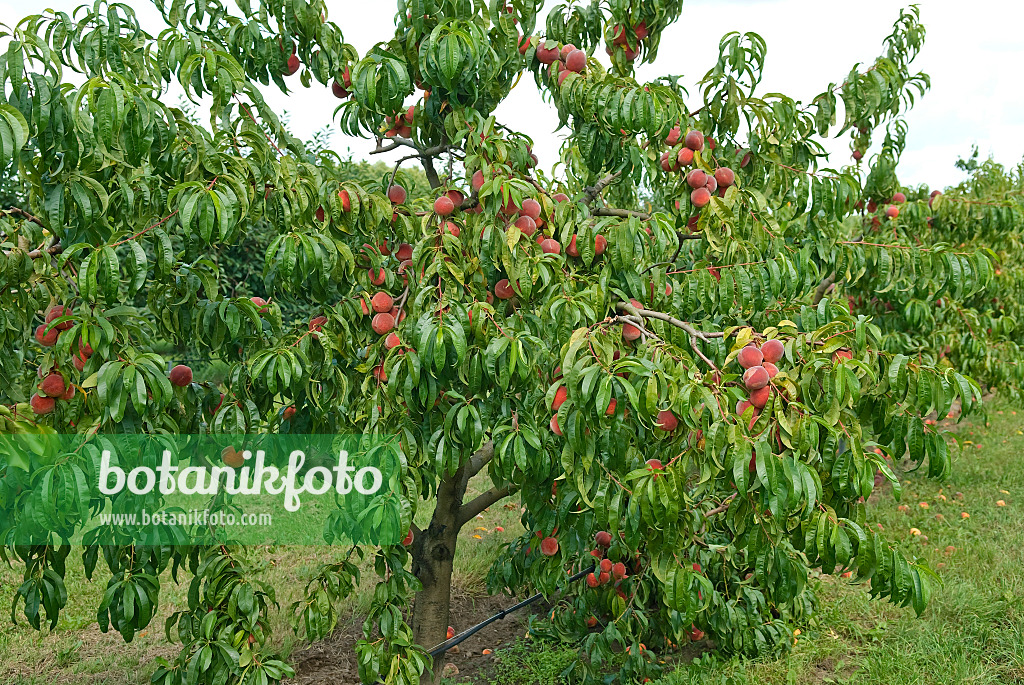
Image Peach (Prunus persica 'Red Haven') 517356 Images of Plants and Gardens botanikfoto
The "Redhaven" peach, or Prunus persica, is famous for the beautiful pink spring flowers, sweet yellow fruit and amazing gold fall foliage. These peaches grow in U.S. Department of Agriculture plant hardiness between zones 5 and 9.
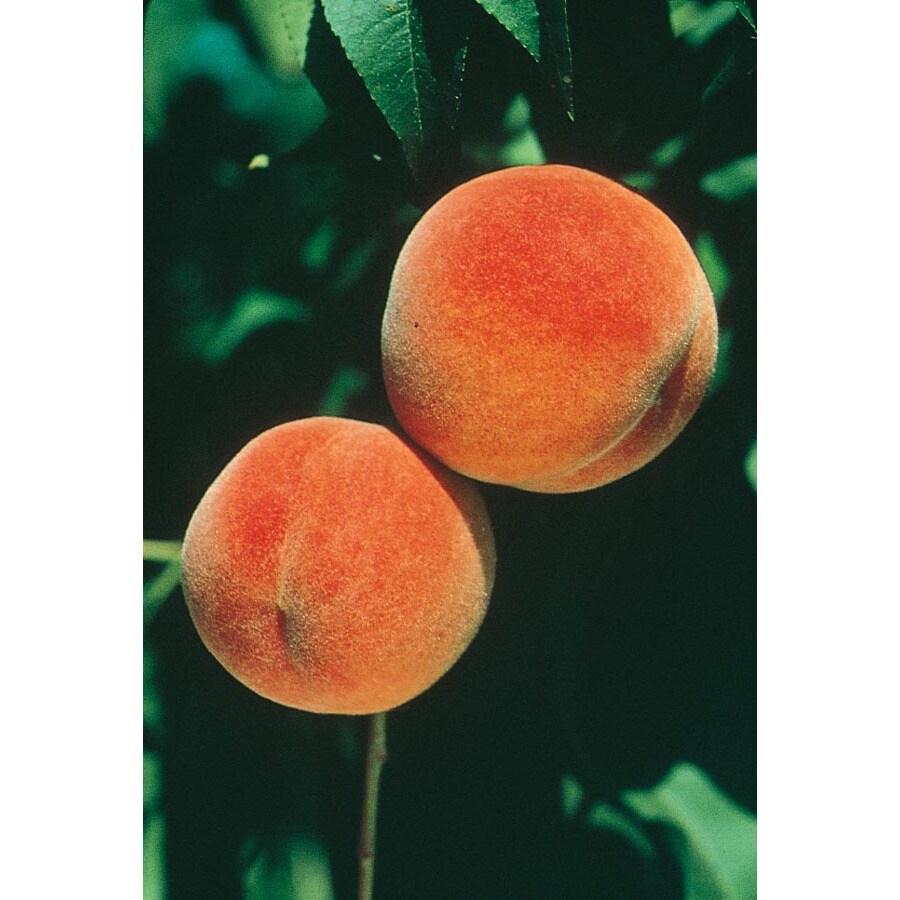
Prunus Persica 'Red Haven' Semidwarf Tree (L3655) at
Prunus persica 'Red Haven' Red Haven Peach This is a vigorous and fast-growing freestone peach variety. After a display of fragrant, pink blossoms in spring, mid-summer brings a heavy crop of medium-sized, almost fuzzless yellow-fleshed fruit that are yellow-skinned with a red blush.
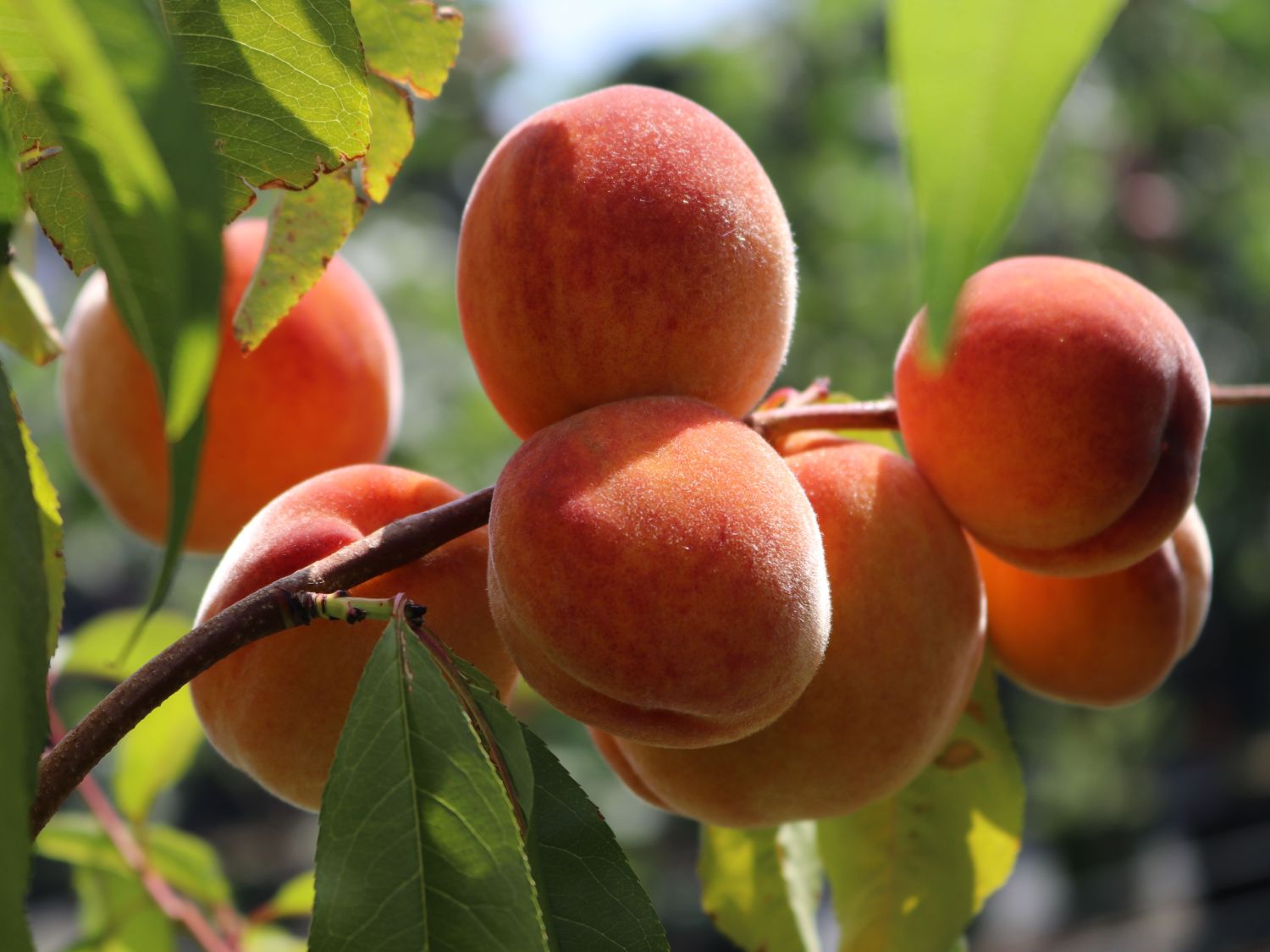
Pfirsich 'Red Haven' Prunus persica 'Red Haven' Baumschule Horstmann
Prunus. Prunus cerasifera 'Krauter Vesuvius' Prunus cerasifera 'Thundercloud' Prunus persica 'Redhaven' Prunus sargentii; Prunus sargentii 'Columnaris' Prunus serrulata 'Kwanzan' Prunus serrulata 'Royal Burgundy' Prunus subhirtella pendula; Prunus subhirtella 'Autumnalis' Prunus subhirtella 'Pisnshzam' Prunus x.

Prunus persica 'Red Haven' Red Haven Peach Trees Speciality Trees
Prunus persica 'Redhaven' Common Name (s): Redhaven Peach Phonetic Spelling PROO-nus PER-se-kuh This plant has medium severity poison characteristics. See below Description This is a heavy-bearing cultivar with little maintenance, easy to grow. It has a spreading characteristic in branches.
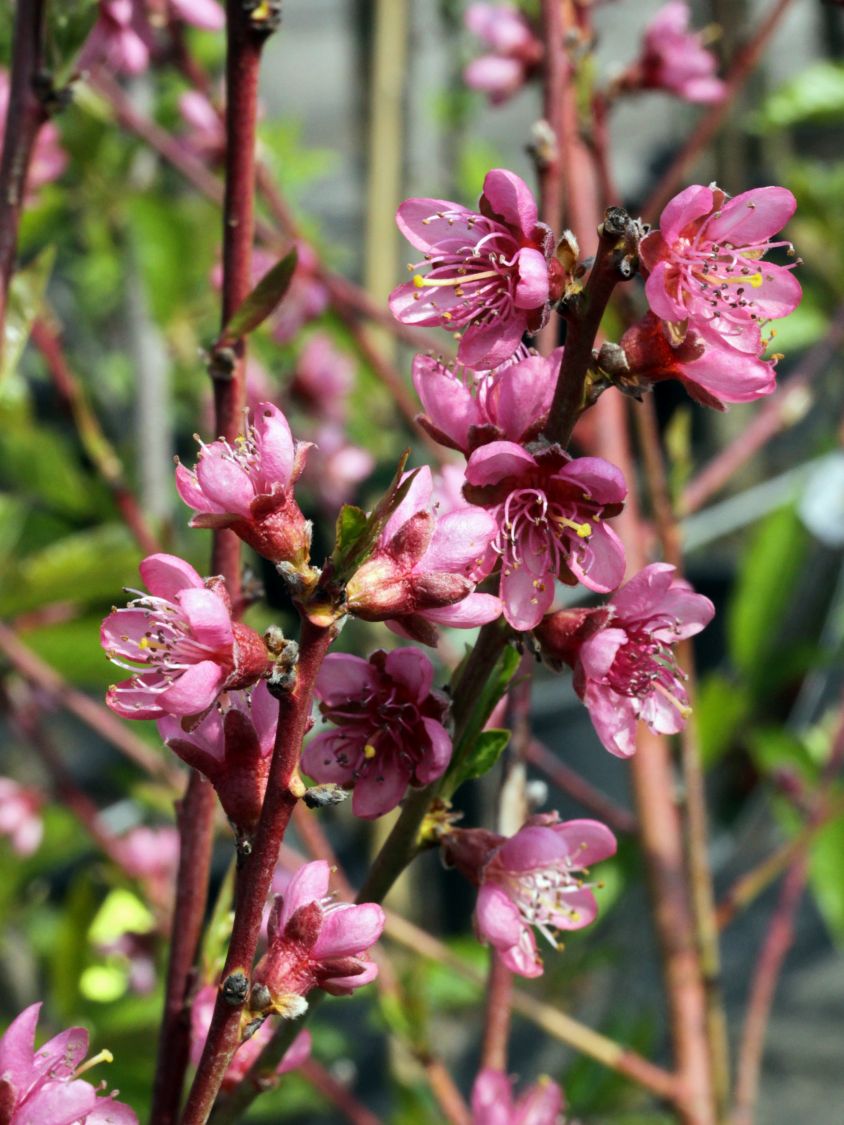
Pfirsich 'Red Haven' Prunus persica 'Redhaven' Baumschule Horstmann
Prunus persica ( Red Haven Peach ) The peach is the most adaptable of all fruit trees for home gardens. When planting, they should be spaced to allow a spread of 20 to 25 feet. At 3 or 4 years of age they begin to bear large crops and reach peak productivity at 8 to 12 years. Peaches need clear, hot weather during their growing season and.

Buy Red Haven Peach Prunus persica 'Red Haven' 5 Gallon 4860" Height Peach Trees
The Redhaven Peach, Prunus persica 'Redhaven' is the peach by which all others are measured. Its a heavy-bearing, cold-hardy, and resists leaf spot, and the fruit is spectacular. You'll enjoy bushels of big, luscious peaches that have an almost fuzzless skin over firm, creamy yellow flesh.

Prunus persica "Redhaven Stock Photo Alamy
Peach Previously known as: Amygdalis persicus Persica vulgaris Phonetic Spelling PROO-nus per-SE-kah This plant has medium severity poison characteristics. See below Description The common peach is a deciduous fruit tree in the rose family that is native to Asia and has many cultivars that provide excellent peaches or nectarines.

Pfirsich Prunus persica 'Early Red Haven' rosa
The "Redhaven" peach (Prunus persica "Redhaven") is known for its attractive pink spring flowers, sweet yellow fruit and bright gold fall foliage. "Redhaven" peaches grow in U.S. Department of Agriculture plant hardiness zones 5 through 9 and should be planted in full sun and well-drained soil , spaced 18 to 20 feet apart.
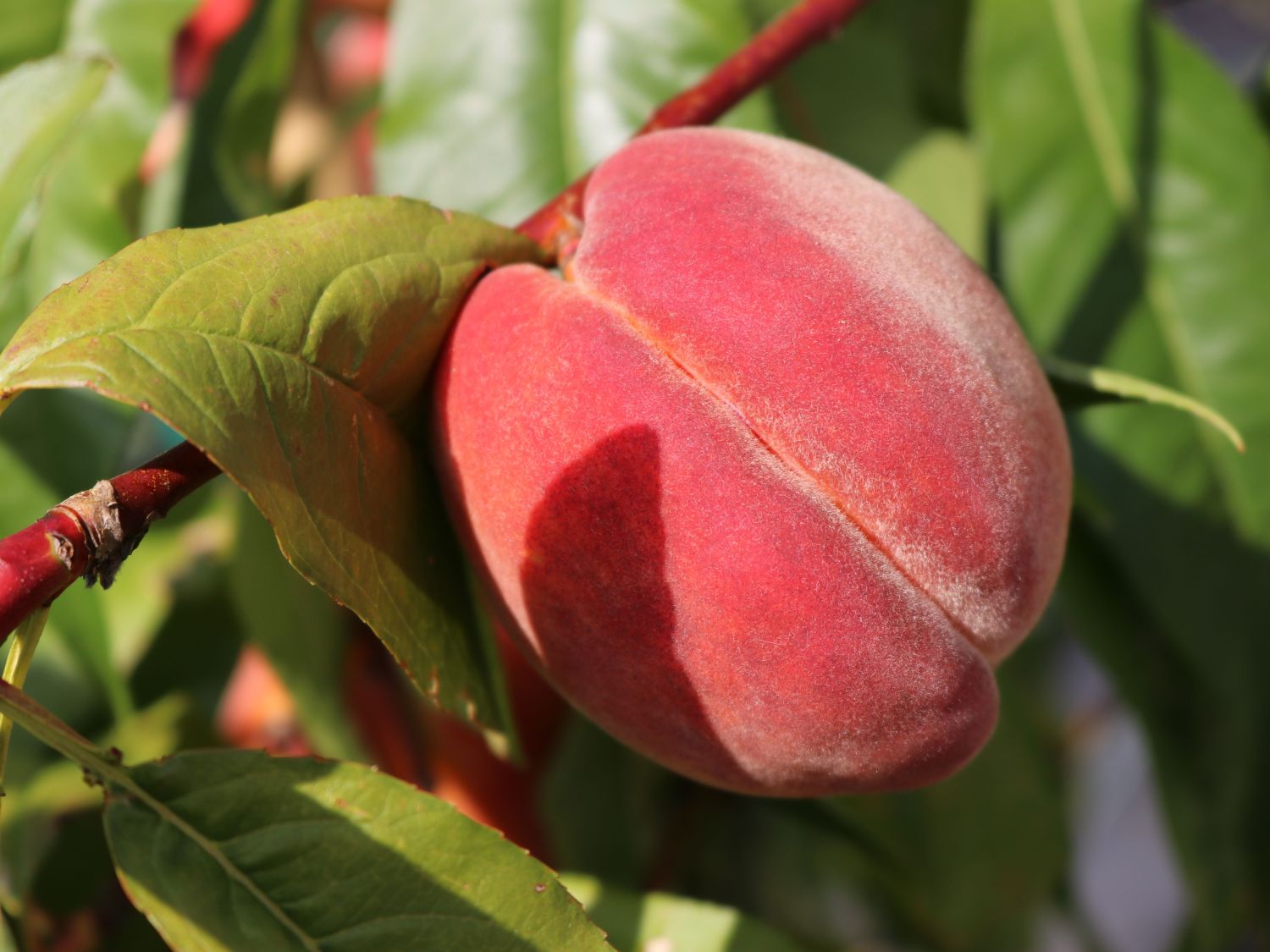
Pfirsich 'Red Haven' Prunus persica 'Red Haven' Baumschule Horstmann
Prunus persica 'Redhaven' Pronunciation: PROO-nus PER-see-kuh SKU #06735 5-8 Your climate might be too cold for this plant: Change Location Find In Store OVERVIEW DETAILS STYLE CARE This Plant's Growing Zones: 5-8 Your USDA Cold Hardiness Zone: Your climate may be too cold for this plant Change Location Be Inspired

Peach Prunus Persica Red Haven High Resolution Stock Photography and Images Alamy
The peach ( Prunus persica) is a deciduous tree first domesticated and cultivated in Zhejiang province of Eastern China. [3] It bears edible juicy fruits with various characteristics, most called peaches and others (the glossy-skinned, non-fuzzy varieties), nectarines .
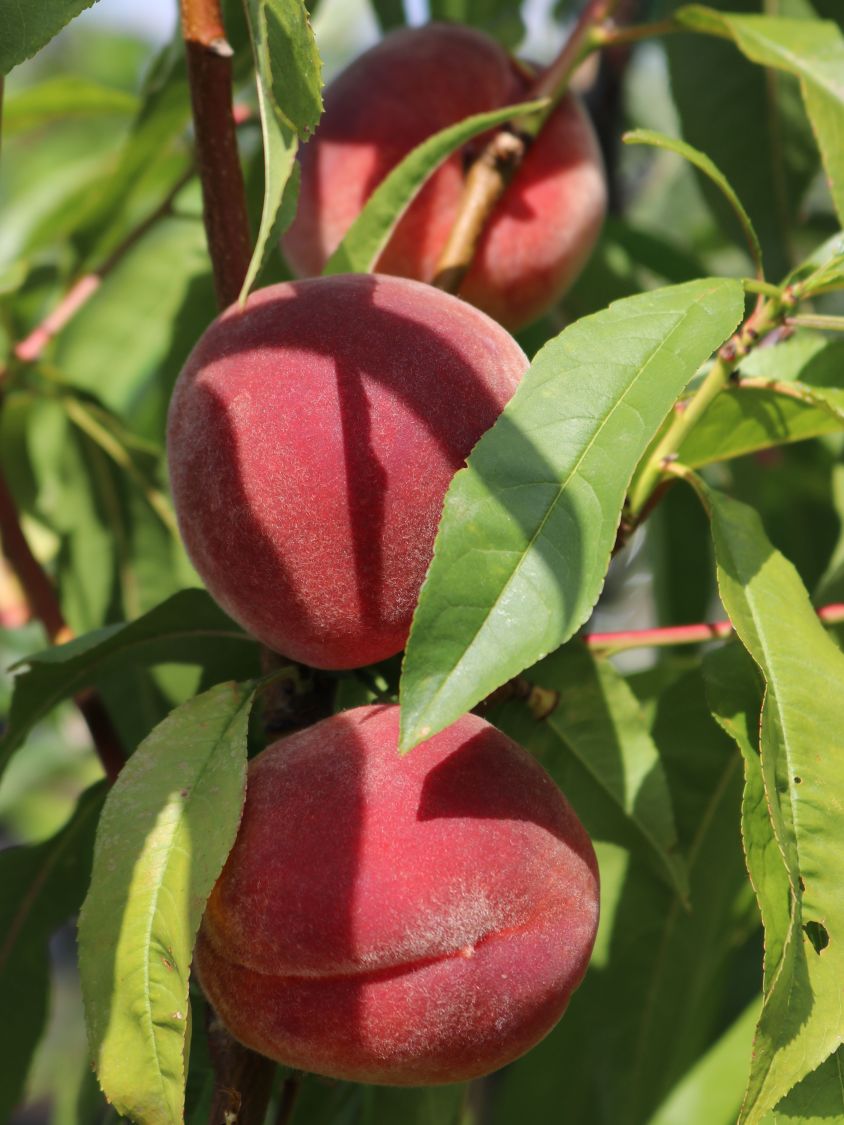
Pfirsich 'Red Haven' Prunus persica 'Red Haven' Baumschule Horstmann
Prunus persica Excellent in all peach respects, Red Haven is the standard for an early orange flesh peach. Blooms are least susceptible to late frost injury. Fruits resists brown rot and bacterial spot. Still needs attention to pruning, insect and disease control. Space 10' to 14' circle. Zones 4-9. Plant Characteristics Pest Resistance Fair Disease Resistance Good Drought Tolerance Fair Heat.
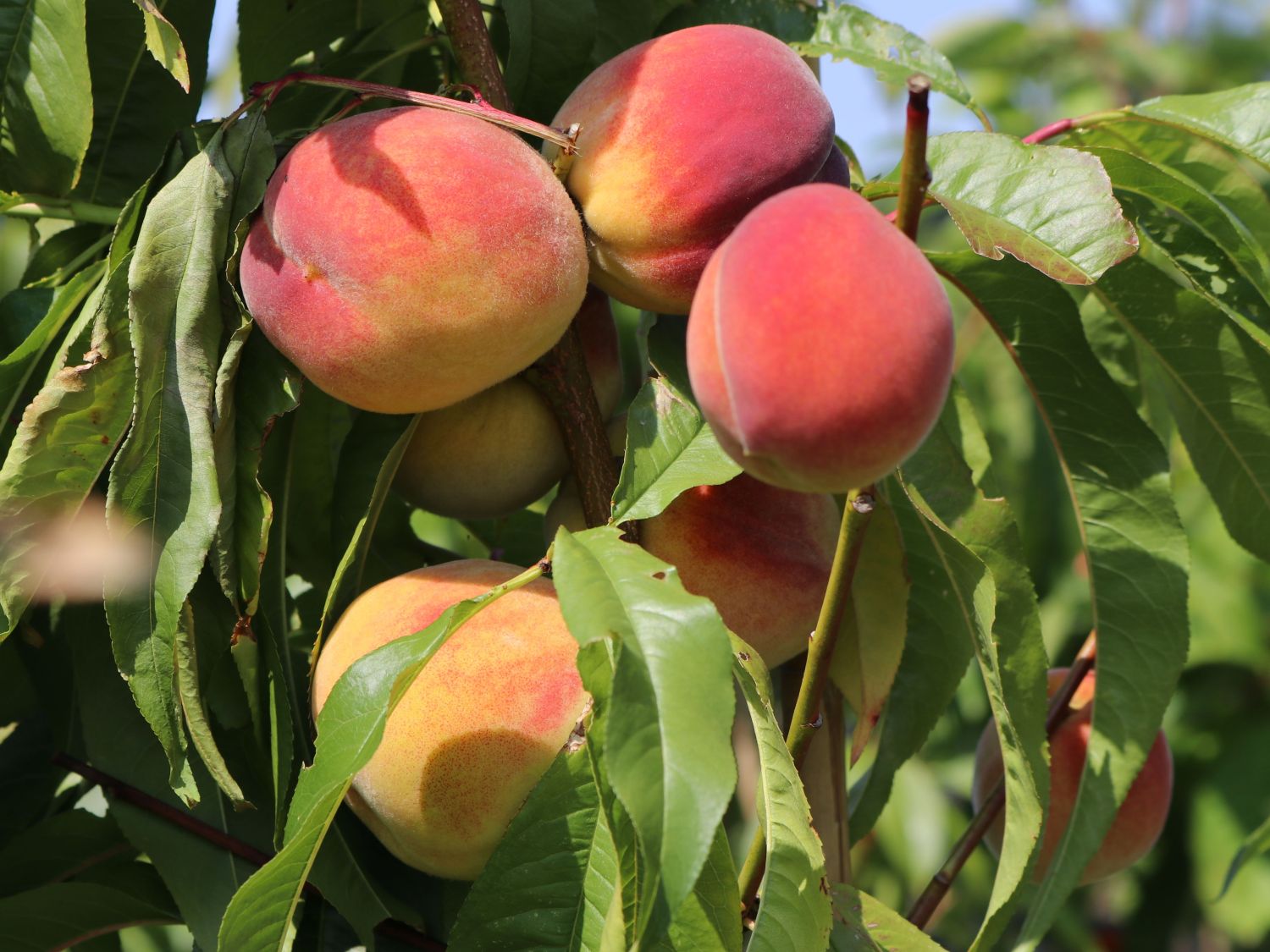
Pfirsich 'Red Haven' Prunus persica 'Red Haven' Baumschule Horstmann
Redhaven Peach is a small tree that is typically grown for its edible qualities. It produces yellow round fruit (technically 'drupes') with a red blush and yellow flesh which are usually ready for picking in mid summer. Note that the fruits have hard inedible pits inside which must be removed before eating or processing.
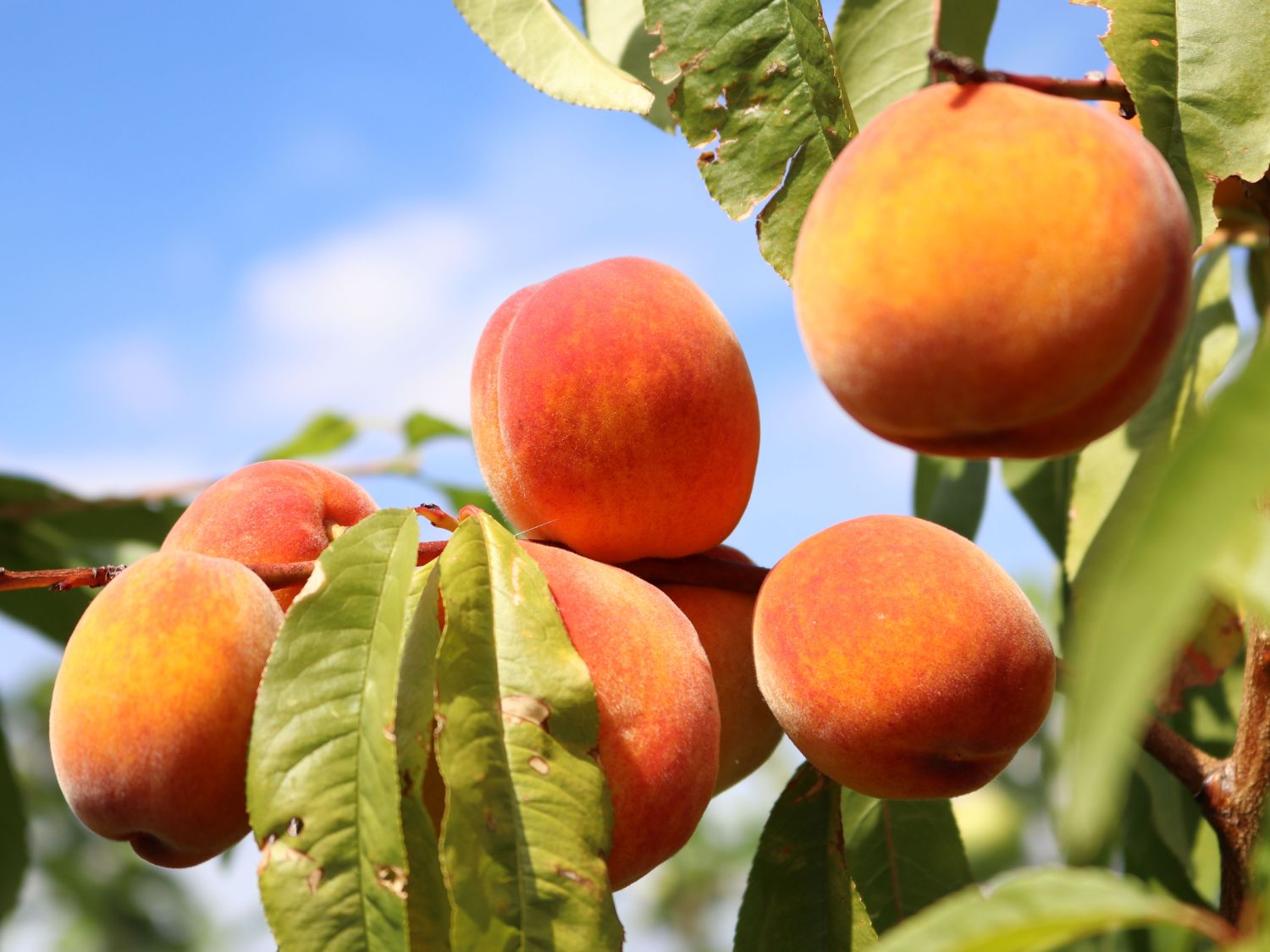
Pfirsich 'Red Haven' Prunus persica 'Red Haven' Baumschule Horstmann
Variety or Cultivar. 'Red Haven' is an upright to rounded, deciduous tree with narrowly elliptic, finely-toothed, mid-to dark green leaves, turning bright yellow in autumn, and clusters of pink flowers in early spring followed by velvety, red-flushed, yellow fruit with edible yellow flesh, ready for harvest in late summer.
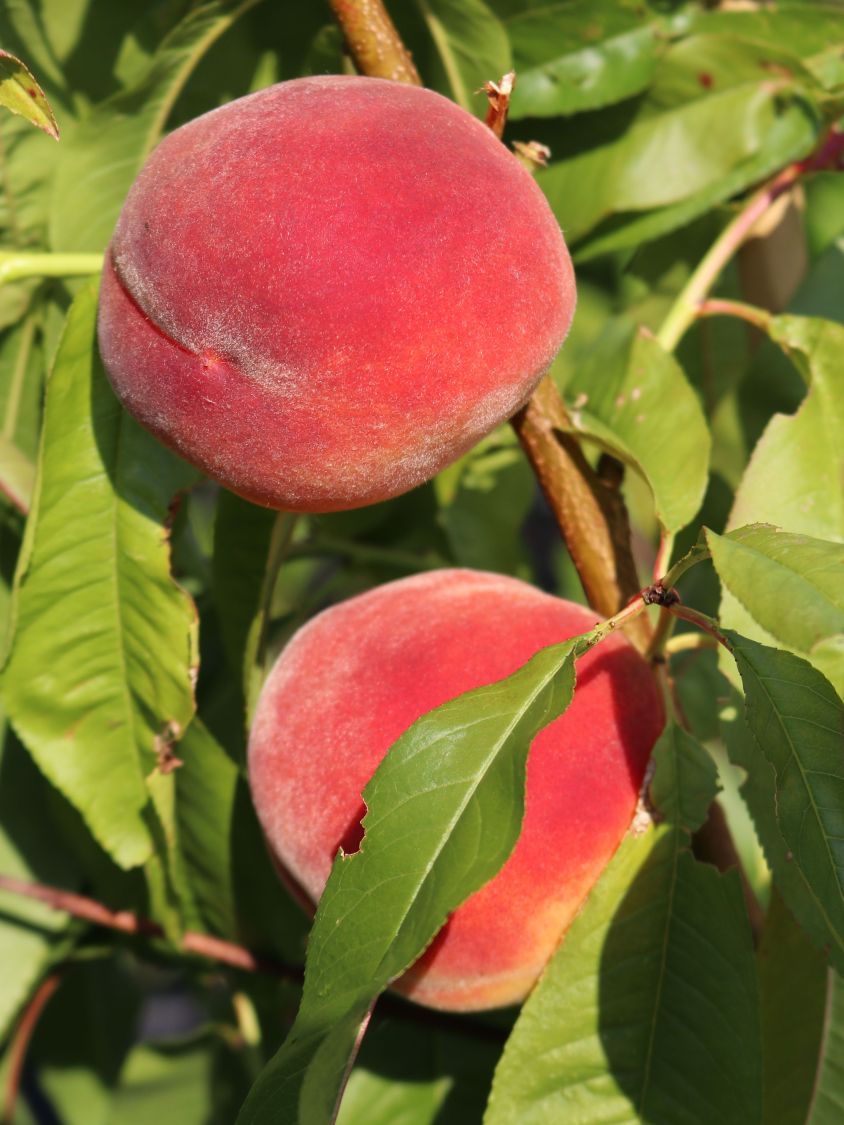
Pfirsich 'Red Haven' Prunus persica 'Red Haven' Baumschule Horstmann
Culinary Fruit Features 'Red Haven' sets the standard among peach varieties. It produces excellent freestone fruit with good color, texture and flavor. Great performance is a result of its superior disease resistance, cold tolerance, and ability of the blooms to withstand late frosts better than most varieties.